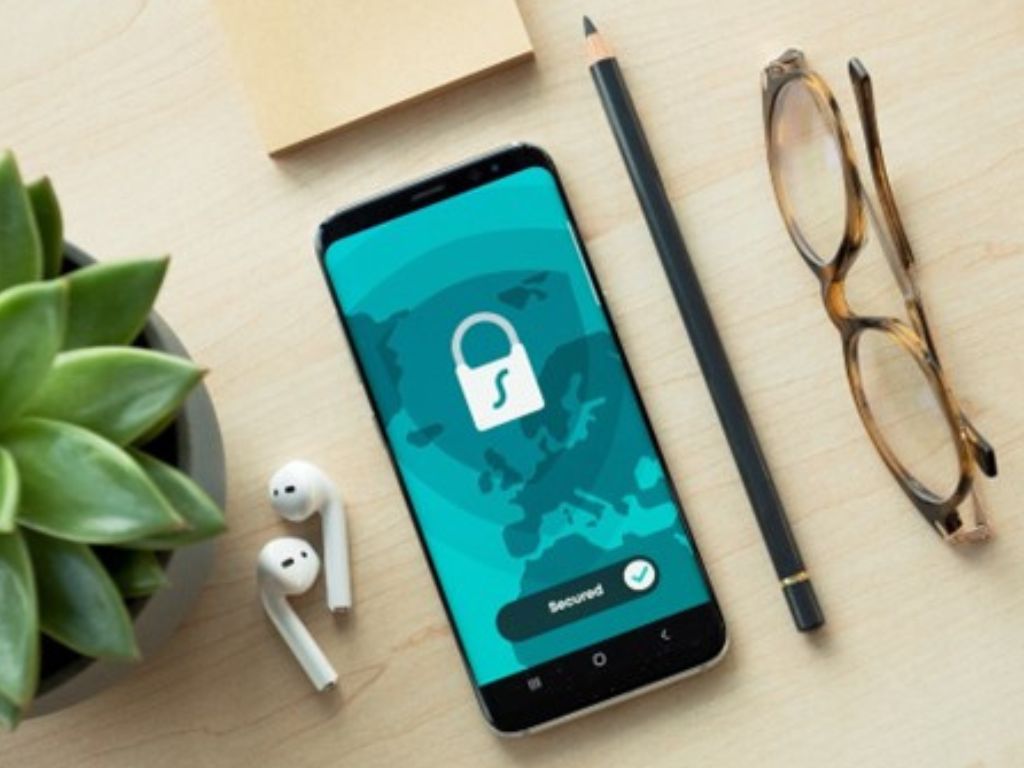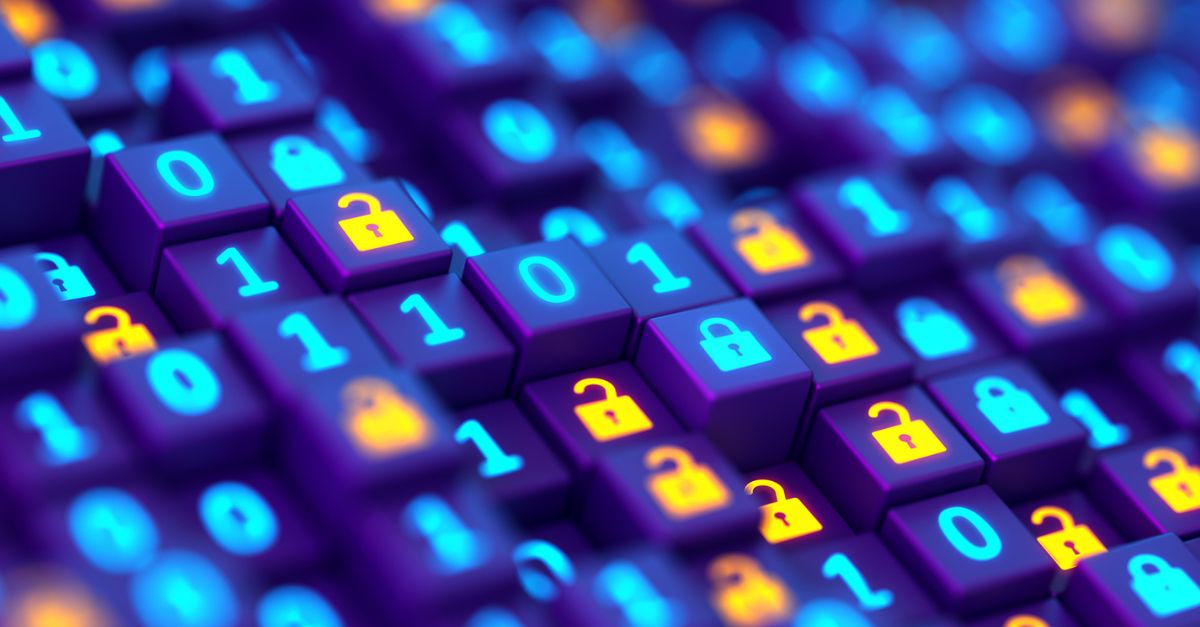Prioritizing the security and confidentiality of your business communication channels is a must in today’s digital landscape.
Enter end-to-end encryption (E2EE). It’s a powerful technology that plays a crucial role in protecting digital modes of communication. By encrypting messages at the sender's device and decrypting them only at the recipient's device, E2EE creates a secure and private channel for conversations.
Read on to learn how to prevent a data breach with E2EE.
What is End-to-End Encryption (E2EE)?
End-to-end encryption (E2EE) acts as a shield to safeguard the privacy of digital communications. It is a reliable security measure that ensures messages remain confidential and accessible only to the intended recipients.
Data is encrypted at the sender's end and decrypted only by the intended recipient, ensuring that no unauthorized party can access or read the encrypted information during transit. This level of encryption extends to various communication channels, including traditional phone calls, voice over IP (VoIP), and email.
Traditional encryption methods allow data to be decrypted at different touchpoints. E2EE ensures that the content remains encrypted and inaccessible to anyone other than the sender and recipient. This means that even if the communication is intercepted, the encrypted data remains secure and unreadable.
E2EE is particularly important for sensitive information - such as personal conversations, financial transactions, or confidential business communications. By implementing end-to-end encryption, your organization can have greater confidence in the privacy and security of your digital conversations.
How Does End to End Encryption Secure Communication?
End-to-end encryption uses a series of cryptographic techniques to secure communication and protect the privacy of data.
E2EE gives users the option to choose which data to encrypt
Known as user-controlled encryption, E2EE allows users to selectively encrypt their data. This gives them the choice to determine which information they want to protect. Users have the flexibility to encrypt specific messages, files, or data - according to their needs and preferences.
E2EE protects sender privacy
With E2EE, the sender's privacy is safeguarded. By encrypting the data on the sender's device and decrypting it solely on the recipient's device, the content remains confidential and inaccessible to anyone in between. This ensures that only the intended recipient can read the message or access the information.
However, sometimes you might need to verify the identity of the sender to check the communication has not been tampered with.
This is where secure email services can be valuable. The sender can digitally sign their encrypted message using their private key, which can be verified by the recipient using the sender's public key. This provides assurance that the message originated from the expected sender and has not been altered during transmission.
E2EE gives sender full control whenever and wherever
E2EE puts the sender in complete control of their data. Since encryption and decryption occur on the sender's and recipient's devices, there is no reliance on third-party services to protect the data. This means that senders have full autonomy over their communications. The sender has control over deciding when and where encryption is applied.

E2EE protects against hacking
E2EE acts as a robust defense against hacking attempts - in particular, message tampering.
Cybercriminals often try to change information in messages to commit fraudulent activities. E2EE makes it extremely difficult, if not impossible, to decipher content without the decryption key. So, even if a hacker intercepts the encrypted data during transmission, there’s minimal risk of data leakage.
E2EE adds a critical layer of protection and mitigates the risk of unauthorized access to sensitive information.
The Drawbacks of End to End Encryption
While end-to-end encryption offers significant advantages in terms of privacy and security, it does have some drawbacks to consider.
Messages are more difficult to access
E2EE can make messages more difficult to access for legitimate purposes.
Since the encryption keys are only available to the sender and recipient, it becomes challenging for third parties, such as service providers or law enforcement, to access the content of the messages. While this protects privacy, it can also pose challenges when it comes to lawful access for investigations or compliance purposes.
Implementing secure key management systems can provide a solution for authorized access to encrypted data. This process involves securely storing encryption keys and enabling access to authorized parties (such as law enforcement agencies) with proper legal authorization. This approach allows for controlled access to encrypted messages while still preserving the privacy of the general user base.
E2EE can’t protect your data if device is lost
E2EE can’t protect your data if your device is lost or compromised. If an encrypted message or data is stored solely on a device that is lost, stolen, or damaged without proper backups, the content may be permanently inaccessible. E2EE ensures security during transmission, but it doesn’t provide a safeguard against data loss or device compromise.
To mitigate this situation, take steps to leverage device protection features - such as remote wiping. These features allow the recipient to erase the data using remote access. This approach prevents unauthorized individuals from accessing sensitive information.

E2EE can’t ensure privacy on the other device
While E2EE protects the communication between the sender and recipient, it does not guarantee privacy on the recipient's device.
Once the data is decrypted on the recipient's device, its security relies on other factors, such as device security measures and potential vulnerabilities within the recipient's environment. E2EE focuses on securing data in transit, but the privacy of the data at rest depends on the recipient's device security practices.
To prioritize mobile security on the recipient’s device, you can implement:
- Strong Device Security: To maintain a secure environment on the recipient’s device, best practice is to keep the operating system, applications, and security software up to date with the latest patches and updates. Enabling strong device passwords or biometric authentication methods can provide an additional layer of protection against unauthorized access.
- Secure Communication Apps: Choose reputable and trustworthy communication apps or platforms. These apps should have robust security measures in place to help enhance privacy on the recipient's device. Look for applications that utilize end-to-end encryption with independent security audits or assessments. Be cautious of third-party apps that may compromise the security of the decrypted data or introduce vulnerabilities.
- Secure Data Storage: If the decrypted data needs to be stored on the recipient's device, employing additional security measures is crucial. Consider using encrypted storage options, such as encrypted folders or secure storage applications, to protect the sensitive data from unauthorized access. Encryption can help safeguard the data even if the device falls into the wrong hands.
- User Awareness and Education: Promoting user awareness and education for device security is essential. Encourage users to exercise caution when downloading and installing applications, avoid suspicious links or attachments, and regularly review and manage app permissions to minimize potential risks to data privacy.
Moreover, it is important to be aware of the regulatory and legal requirements specific to your jurisdiction. For example, if your business operates in the United Kingdom, utilizing a UK domain for your digital communications can give you an additional layer of protection.
Registering a UK domain demonstrates compliance with UK data protection regulations and indicates a commitment to data privacy and security.

Where to Apply End-to-End Encryption
To secure your digital modes of communication it is crucial to implement robust security measures.
End-to-end encryption can be applied to various communication channels and software to enhance privacy and security.
Here’s are some examples of where E2EE can be applied:
Email communication
E2EE can be implemented in email services to protect the confidentiality of email messages.
By encrypting the content of the email on the sender's device and decrypting it only on the recipient's device, E2EE ensures that the email remains private and inaccessible to unauthorized parties.
Instant messaging
In instant messaging platforms, E2EE encrypts messages end-to-end, ensuring that only the sender and intended recipient can access the content. This protects real-time conversations from interception and unauthorized surveillance.
Software and programs
E2EE can be integrated into software like messaging and communication platforms, file sharing and collaboration tools, voice and video conferencing programs, and AI Chatbot systems.
Messages, voice calls, and video calls are encrypted end-to-end, which secures the communication’s content and prevents unauthorized access and eavesdropping.
Conclusion
End-to-end encryption plays a crucial role in securing your organization’s digital modes of communication. It can be applied in email services, instant messaging platforms and software applications.
By encrypting messages from senders’ devices and decrypting them only on recipients’ devices, E2EE ensures that content remains confidential and inaccessible to parties without authorization. It gives users the option to choose which data to encrypt, protects sender privacy, and provides sender control over their messages.
While E2EE offers significant privacy and security benefits, it's important to consider the challenges it presents, such as the potential difficulty of accessing messages and the need for additional safeguards for lost devices.
Remember that while end-to-end encryption provides a strong security foundation during data transmission, ensuring privacy on the recipient's device requires a holistic approach.
Robust methods include device security, secure apps, secure IoT devices, encrypted storage, and user vigilance.
By understanding the strengths and limitations of E2EE, you can make informed decisions to protect your sensitive business information and communicate securely in the digital world.
Note: This blog article has been written by a guest contributor (who wishes to remain anonymous) for the purpose of offering a wider variety of content for our readers. The opinions expressed in this guest author article are solely those of the contributor and do not necessarily reflect those of GlobalSign.








